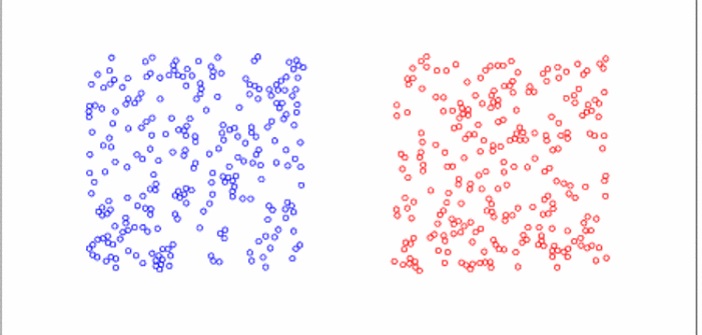Are digital crowds the new forces of evil?
Following the history of media and recalling the technological stages of information circulation (the invention of writing, the advent of printing, the literacy of individuals and the press, the explosion of mass media), how is the public space formed and reconstituted after the paradigm shift brought about by the Internet (referred to as The Fifth Wave)?
By giving everyone a voice, with each person expressing their interests and immediate emotions, the Digital Age obliterates the idea of a society organized according to a hierarchy of knowledge and positions—in government, businesses, and universities.
This old functioning mode has become illegitimate, as it clashes head-on with a new player: the amateur. The average internet user demands to be heard and has become impervious to the information and messages circulating in old media.
Networks practice a fanatical egalitarianism without fearing the creation of major social dysfunctions. A single person, a single event, a single powerfully echoed alert can lead thousands of individuals in a viral movement of opinion. And this digital crowd can eventually act in the physical space: occupying squares, roundabouts, etc.
This new player (the Public) takes an outright stance against the societal center, against organized powers, firmly refusing the established order and operating with a unilateral drive, giving no heed to other stakeholders in the social game. Its dynamics and mindset easily drift toward a nihilistic approach, violence for the sake of violence, with no political response capable of quelling this blaze—which then has no choice but to extinguish itself. Taking power is not the Public’s project; its strategy is rather to cause maximum disruption.
Thus, the main dividing line in modern societies is not the left/right conflict but the conflict between organized elites and an unruly Public, a Public that seeks to sow disorder without providing solutions and without wanting to replace the old leaders.
In other words, at any moment, the power of the weak, coordinated through weak ties, the anonymous gathering in the digital galaxy, threatens to destabilize the old world—organized according to strong ties (system of values, institutions, organizational hierarchies).
The examination of public communication (blogs of general and political interest, debates on information sites) and semi-public communication (social networks like Twitter, LinkedIn, and Facebook) reveals the clash and sometimes the intertwining of two cultures. One is dominated by affects, essentially the public unveiling of private passions, grievances, bitterness, and anger—this is the public space.
This deluge of subjectivities ultimately aligns with the psychological evolution of the contemporary individual, and the new public arena often gathers individuals who are hysterical towards one another.
The Web has broken down the boundaries between authoritative speech and profane speech: between the statements of recognized journalists and experts expressed in written press and television, on one hand, and the words of concerned or engaged actors, informed amateurs, or Sunday thinkers, on the other.


